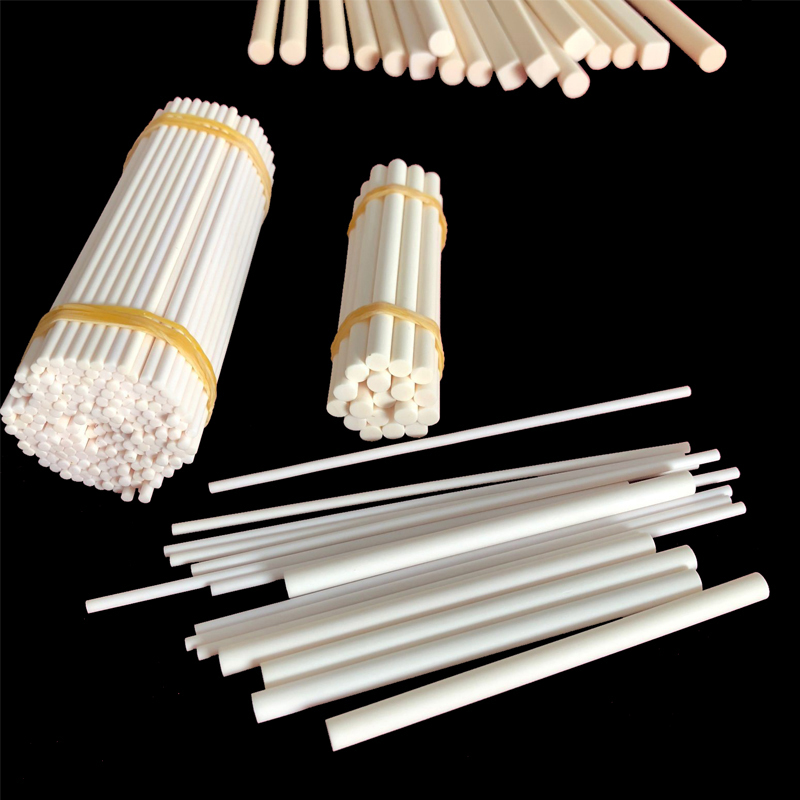Alumina ceramic rod: a disruptor in harsh industrial environments

In the current era of industrial production constantly moving towards high precision and high requirements, many production processes often face extreme conditions such as high temperature, strong corrosion, high wear, etc. In this context, a seemingly inconspicuous yet powerful material - alumina ceramic rod - is quietly becoming the key to solving these problems.
Alumina ceramic rods stand out among numerous industrial materials due to their outstanding performance. It has extremely high hardness, second only to the hardest diamond in nature, which allows it to remain stable in high wear environments and is not easily scratched or worn. At the same time, the chemical stability of alumina ceramic rods is top-notch, and it is difficult for strong acids, strong bases, or other corrosive chemicals to cause damage to them. In addition, it also has excellent high temperature resistance and can operate stably for a long time in high temperature environments without deformation or damage due to excessive temperature.
In the chemical industry, equipment such as reaction vessels and pipelines are exposed to highly corrosive chemical media for a long time, which ordinary materials cannot withstand. The lining, valves, and other components made of alumina ceramic rods, with their excellent corrosion resistance, effectively extend the service life of the equipment and reduce the high cost of frequent equipment replacement.
In the electronics industry, there are extremely high requirements for the insulation and stability of materials. The excellent electrical insulation performance of alumina ceramic rods makes them an ideal choice for insulation support of electronic components, integrated circuit substrates, etc. In the manufacturing process of precision electronic devices, even small impurities or unstable factors can affect product performance. Alumina ceramic rods, with their high purity and stable physical and chemical properties, ensure the reliable operation of electronic devices in complex environments. For example, in the construction of 5G base stations, alumina ceramic rods are used as signal transmission components, effectively avoiding signal interference and improving the stability and efficiency of signal transmission.
The aerospace industry has put forward almost stringent requirements for material performance. The key parts of the engine, such as the combustion chamber and turbine blades, need to withstand the erosion of high temperature, high pressure, and high-speed airflow. The high strength and stability of alumina ceramic rods in high-temperature environments make them play an important role in the manufacturing of aircraft engine components. The use of alumina ceramic rods to manufacture some engine components can effectively reduce weight, while improving the engine's high temperature resistance and work efficiency, providing strong support for the performance improvement of aircraft.
In addition to the above characteristics, alumina ceramic rods also have good dimensional stability and can maintain precise size and shape under different environmental conditions, which is crucial for some industrial applications that require extremely high precision. In terms of manufacturing technology, with the continuous advancement of technology, the preparation process of alumina ceramic rods has become increasingly mature. From the selection of raw materials, optimization of molding processes, to precise control of sintering processes, every link has been greatly improved, further enhancing the performance and quality of products.

